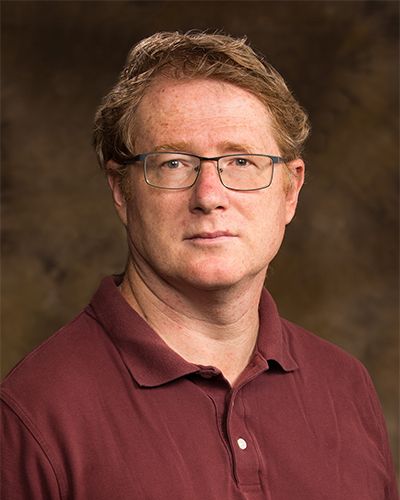
102 Cardwell Hall
Over a billion years ago gravitational waves from two colliding black holes started on their journey towards Earth. A century ago Albert Einstein predicted their existence. Then he changed his mind. Then he changed his mind again. Others joined the argument. Finally, forty years ago evidence that they were real came when a binary neutron star was discovered in our galaxy which was decaying in our orbit in just the fashion Einstein predicted, having emitted gravitational waves 21,000 years ago. Subsequently large detectors were constructed on the Earth, such as LIGO, GEO600 and VIRGO to try to detect gravitational waves. But so difficult was theoretically modelling what they would look like that twenty years ago recent Nobel laureate Kip Thorne made a wager that theorists would still not have predicted their form before the detectors saw them. In 2005 a breakthrough was made in supercomputer simulations of binary black holes so that templates were available just in time when the gravitational waves arrived on Earth two years ago, at the conclusion of their billion years journey.
Bio
Daniel Kennefick received his Ph. D. in Physics from Caltech in 1997.
Since 2003 he has been at the physics department of the University of Arkansas.
He is recently the author of "No Shadow of a Doubt: The 1919 Eclipse That Confirmed Einstein's Theory of Relativity" from Princeton University Press. He was previously the author of a history of gravitational waves called "Traveling at the Speed of Thought" and the co-author of the recently published "Einstein Encyclopedia," both also from Princeton. His research concentrates in three areas, gravitational waves, galactic structure and history of physics.
